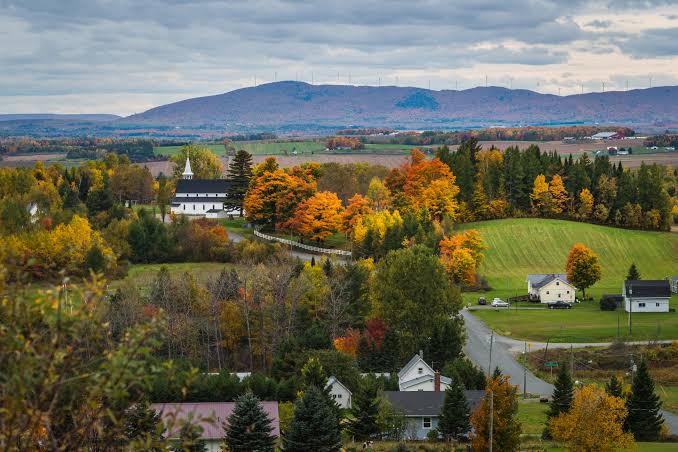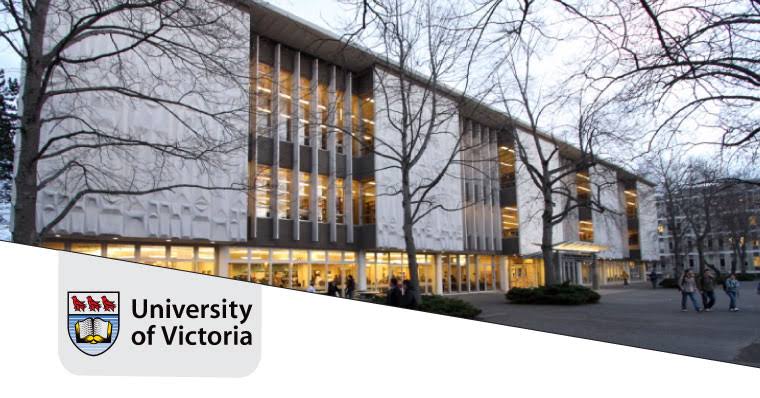Canada’s Arctic and Northern Policy Framework (ANPF)—co-developed with Indigenous, provincial, and territorial partners—serves as the guiding vision through 2030 and beyond. Launched in 2019, this framework has entered an action-packed implementation phase. As of mid‑2025, federal efforts are accelerating to support infrastructure, economic development, security, and Indigenous-led governance across Canada’s North.
Outline
- Key Objectives
- Infrastructure and Community Investment
- Economic Development and Partnerships
- Sovereignty and Security Measures
- Environmental Resilience and Indigenous Knowledge
- Strategic Signature Projects
- Summary and Implications
1. Key Objectives
Canada aims to build a secure, sustainable, and prosperous North by:
Strengthening Indigenous governance and self-determination, including implementing modern treaties like the Chiixuujin / Chaaw Kaawgaa Haida Title Lands Agreement.
Closing gaps in housing, infrastructure, food security, and health outcomes in Indigenous and northern communities.
Supporting economic diversification and inclusion, particularly in remote regions.
2. Infrastructure and Community Investment
Canada’s 2024–25 Budget allocated major funding to support northern infrastructure.
Over five years, $918 million has been earmarked for housing and infrastructure, with $426 million going to First Nations and $370 million to Inuit communities.
Programs such as the Affordable Housing Fund and Housing Accelerator Fund are directing at least 20 percent of their investments to northern and Indigenous communities.
In the Northwest Territories, approximately $13.9 million is being invested to improve disaster mitigation and rural transit systems, which will strengthen community resilience and connectivity.
3. Economic Development and Partnerships
The Canadian Northern Economic Development Agency (CanNor) is leading efforts to foster economic growth across the North.
Initiatives such as the Northern Indigenous Economic Opportunities Program (NIEOP) and Community Readiness and Opportunities Planning (CROP) funding are aimed at strengthening Indigenous entrepreneurship and planning.
Other programs like REGI (Regional Economic Growth Through Innovation) and IDEANorth support technological advancements, housing innovations, and Indigenous tourism.
In Northern Ontario, the Prosperity and Growth Strategy led by FedNor is injecting over $4.5 million into tourism projects, including Indigenous cultural corridors and year-round attractions.
4. Sovereignty and Security Measures
To defend its Arctic sovereignty, Canada has increased defense-related investments and infrastructure development.
Under the Our North, Strong and Free defense policy, $8.1 billion has been committed over five years to projects like Arctic patrol hubs, surveillance systems, satellite technologies, and advanced maritime sensors.
In 2025, Canada also signed a $6 billion agreement for an Australian Over-the-Horizon Radar system and invested an additional $420 million to expand Arctic military operations year-round.
A new $3.15 billion polar-class icebreaker is under development and expected to be operational by 2030, enhancing navigation and emergency response capabilities in the Arctic.
Diplomatically, Canada has appointed an Indigenous Arctic ambassador and opened consulates in Alaska and Greenland to reinforce its presence and cooperation in the North.
5. Environmental Resilience and Indigenous Knowledge
Environmental sustainability and Indigenous science are cornerstones of Canada’s northern strategy.
A total of $145 million over five years has been allocated to climate adaptation programs supporting First Nations, Inuit, and Métis communities.
The Northern Isolated Community Initiatives (NICI) Fund backs projects that improve local food systems and enhance food security through innovation and community-led solutions.
Indigenous knowledge is now formally integrated into Arctic research programs, ensuring communities are active participants in shaping the region’s scientific and environmental future.
6. Strategic Signature Projects
Several major infrastructure projects are central to Canada’s northern ambitions.
The Canadian Northern Corridor—a proposed 7,000 to 10,000 km network of roads, railways, pipelines, and electrical lines—is estimated to cost between $100 billion and $150 billion. An initial $5 billion Trade Diversification Corridor Fund is supporting its development.
Other significant projects include the Grays Bay Road and Port in Nunavut, the Mackenzie Valley Highway in the Northwest Territories, and tourism infrastructure developments in Yukon, all paired with modernized Crown consultation processes.
7. Summary and Implications
Canada’s strategy for the North signals a major shift in federal priorities, focusing on modernization, reconciliation, and security.
There is a strong commitment to Indigenous-led governance, major funding for infrastructure and housing, and new defense policies that protect Canada’s Arctic interests.
Economic development is being actively supported through partnerships and innovations, while environmental sustainability is integrated with Indigenous values and practices.
The combination of diplomacy, defense, and development makes Canada’s Northern Strategy a long-term investment in national security, sovereignty, and sustainable prosperity for generations to come.




Good
Insightful